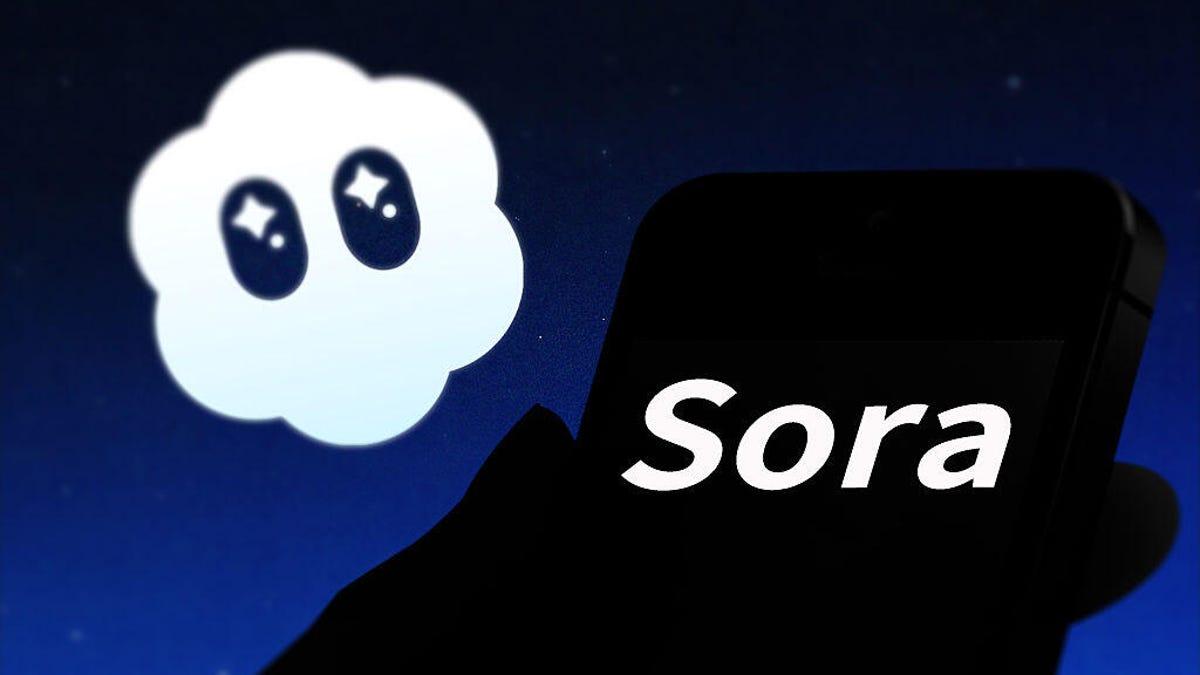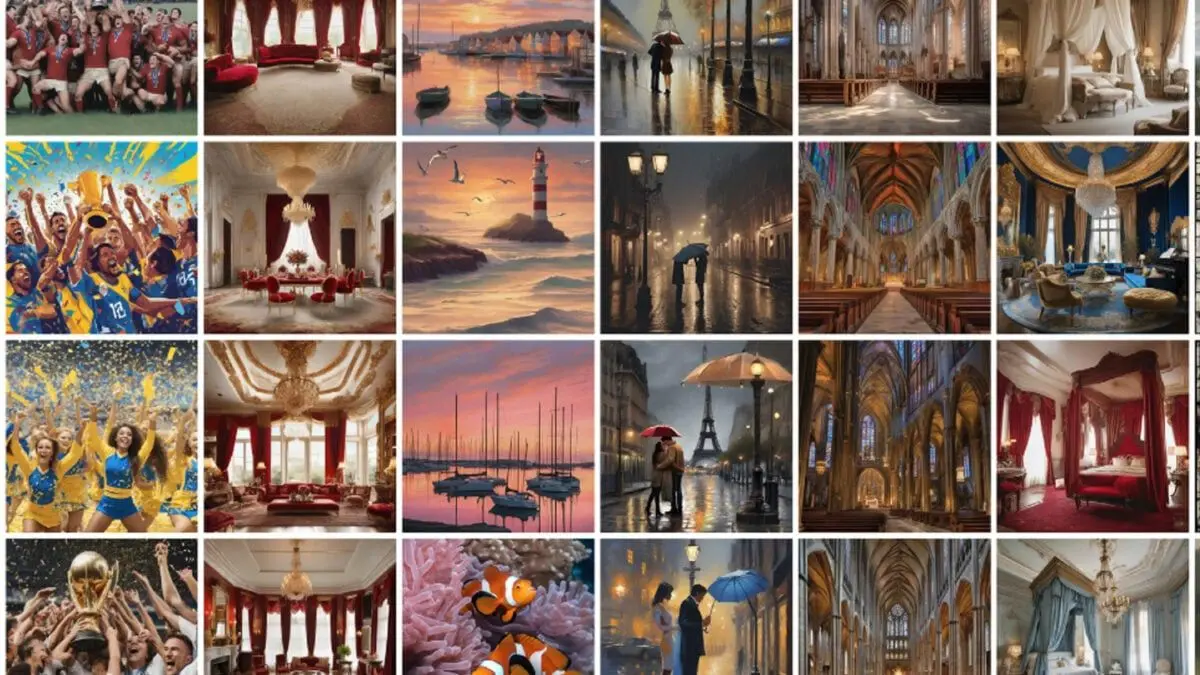OpenAI Introduces Paid Credits for Sora AI Video Generation as Free Limits Face Future Cuts
5 Sources
5 Sources
[1]
Sora now lets you pay extra to make more AI videos
Keep burning through your video generation allowance on Sora? No problem, OpenAI now lets you buy extra credits to make even more AI videos. That's good, because the company says it expects to reduce free allowances at some point in the future. Bill Peebles, who leads the Sora team at OpenAI, said the video platform's economics are "currently completely unsustainable." Power users "clearly" aren't satisfied with the number of free generations they get each day -- 100 for users of the higher-end Pro model and 30 for everyone else -- so Peebles said OpenAI is going to let creators "get as much usage as they want to pay for." Ten extra video generations will cost $4, according to Sora's listing on Apple App Store, though the number of credits used per video depends on "length, resolution, and other factors," according to OpenAI's support page. If you hit your free limit, an option will come up to buy more through the App Store. Credits last for 12 months, and if you want to you can also use them on OpenAI's coding platform Codex. Peebles warned people are going to start hitting that limit sooner in the future. "Eventually we will need to bring the free gens down to accommodate growth," he said. "In the meantime, enjoy the crazy usage limits." He didn't provide details but said OpenAI will "be transparent as it happens." The decision to charge for video gens comes amid a broader push to monetize and scale Sora and cultivate what OpenAI hopes is an emerging AI-powered creator economy. OpenAI has been steadily adding features to achieve this, such as clip stitching and leaderboards for popular videos and cameos, its legally contentious term for a feature that lets users create deepfake avatars of themselves, others, and original characters, which other creators can use in their own videos. Sora's going to pilot monetization for creators "soon," Peebles said, imagining a "world where rightsholders have the option to charge extra for cameos of beloved characters and people." The feature has been expected for some time, particularly given the company's efforts to move on from its original hands-off approach to copyright and likeness, which flooded the platform with questionable depictions of fictional characters like Pikachu and SpongeBob and "disrespectful" deepfake videos of public figures like Martin Luther King Jr.
[2]
OpenAI now sells extra Sora credits for $4, plans to reduce free gens in the future
OpenAI has started selling power users extra credits for its Sora AI video generation tool. An extra 10 video gens will retail for $4. The company currently has a limit of 30 free gens per day, a rate that will likely decrease as OpenAI starts to monetize the offering. Bill Peebles, who heads OpenAI's Sora, posted on X about the changes. "Eventually we will need to bring the free gens down to accommodate growth (we won't have enough gpus to do it otherwise!), but we'll be transparent as it happens," he said. Peebles also said that OpenAI plans to monetize by letting entities essentially license out their copyrighted material, either their artwork, characters or likenesses. "We imagine a world where rightsholders have the option to charge extra for cameos of beloved characters and people," he wrote. Although making the cameo feature a core part of the monetization while the company is being sued by Cameo for trademark infringement is certainly a bold choice. And that's just the latest in a series of dodgy actions tied to OpenAI's text-to-video AI app.
[3]
OpenAI will let Sora users pay extra to make more AI videos
Generate to your heart's content. Credit: Avishek Das/SOPA Images/LightRocket via Getty Images Specifically, people who like generating AI videos via the Sora tool for free can now pay extra to get more generations per day than the free tier usually allows. The news and an explanation come from Bill Peebles, OpenAI's head of Sora, on X. Peebles called the current economics of Sora "completely unsustainable," as a justification for the move. This Tweet is currently unavailable. It might be loading or has been removed. Currently, users get 30 free generations per day on Sora. According to The Verge, with this new system, users can now pay $4 for 10 extra generations per day. As part of this announcement, Peebles also mentioned that OpenAI will eventually need to pare down the number of free generations people get per day, so if 30 already wasn't enough for you, get prepared to start paying money on a regular basis for Sora. Peebles also mentioned a desire to eventually let companies charge extra for cameos of popular characters in Sora videos. We'll, uh, see if that ever happens.
[4]
You Can Now Pay to Generate More Sora AI Videos, and I'm Concerned
Expanding the number of videos users can make will only exacerbate the ongoing AI misinformation problem across social media platforms. Sora, OpenAI's short-form AI video generator, has been out for just about a month now, and already, it's helping to spread disinformation on social media. Accounts share Sora generations without any transparency, sometimes with the Sora watermark removed, and while shrewd observers see through the AI, many people scrolling by don't think twice and believe things happened that didn't. That could be as innocuous as Jake Paul putting on makeup, or as dangerous as a fake interview meant to manipulate viewers towards a political bias. It's getting scary out there. So far, for the free model, Sora has capped video generations at 30 per day. If you pay for the Pro model, you get 100 generations a day. But if you're using Sora free of charge, once you produce your 30th video, you aren't able to make any more. I see that as a good thing, myself: 30 hyper-realistic AI videos a day per user is already way too high. OpenAI, unfortunately, isn't consulting me -- and Sora now allows users to pay for extra generations once they've reached the free limit. Bill Peebles, head of Sora, announced the change in a Thursday post on X. Peebles said the company has been "amazed" by the demand from "power users," but, as it stands, "the economics are currently completely unsustainable." According to Peebles, the Sora team thought 30 free generations per day would suffice, but that hasn't been the case. By offering users the chance to pay for additional generations, OpenAI plans to start pulling in extra revenue from its popular short-form AI video generator. Peebles also believes that the company will generate future funds from a "new Sora economy." That would include two parts: rights holders charging users a fee to cameo their characters or real-life people, as well as creators earning money from the videos they post. If you don't plan on paying for Sora generations, though, there's some "bad" news: Peebles says the company will bring the number of free generations down as the platforms grows, as the company doesn't have enough GPUs to manage the demand. As reported by The Verge, you'll be able to purchase 10 additional video generations for $4 a pop -- though the actual credits each video takes may depend on many different factors. When you reach your limit, the app will let you buy more through the App Store (Sora is currently iOS-only). Those credits will expire after 12 months, which I imagine will be plenty of time for someone making Sora videos. You can also transfer them to use on Codex, OpenAI's coding platform. I personally see Sora's exponential growth as a bad thing. I get the finances: OpenAI is now operating like a for-profit company, and needs to pull in revenue. But OpenAI, along with other AI companies, is blatantly ignoring the deepfake disinformation machine these products have become. The more the company pushes users to generate with Sora, the more realistic AI slop we'll encounter in our feeds.
[5]
OpenAI's Sora App Will Now Charge You for Extra AI Video Generations
OpenAI is also creating a new monetisation layer for creators OpenAI is implementing a monetisation layer on its Sora app for iOS, bringing the days of free rein to an end. On Thursday, a company executive confirmed that after a user has exhausted their daily rate limit, they can now purchase extra video generations by paying an amount. The company says monetisation is being added to ensure that the platform can grow financially. Additionally, OpenAI is also planning to lower the daily rate limit for users across all subscription tiers. Generating Sora Videos Will Now Cost Users Bill Peebles, Head of Sora at OpenAI, said in a post on X (formerly known as Twitter), "We are launching the ability to buy extra gens in Sora today." It will cost users $4 (roughly Rs. 350) for 10 extra video generations. There is no limit on purchases, so users can keep buying the add-on to generate as many videos as they would like. However, if they do not prefer to spend money on AI slop, rate limits will apply. The free tier, ChatGPT Plus, and Teams subscribers are limited to 30 free generations per day, whereas Pro users can generate up to 100 videos each day. Anything above that will require purchasing the $4 (roughly Rs. 350) add-on. Explaining the reason behind introducing the monetisation layer, Peebles highlighted that letting users generate Sora videos for free is becoming unsustainable for the company. To accommodate growth, OpenAI is charging the power users of the app, claiming this will also let them avoid using the platform due to rate limit ceilings. Peebles also warned that in the future, the company will be lowering the current rate limits, allowing users to generate even fewer free AI videos. Apart from this, the company is also planning another monetisation strategy that involves companies that hold copyrights to characters. Currently, Sora's Cameo feature allows users to reimagine videos of others, including fictional characters, with text prompts. Sora will soon test a new system where, if a user wants to Cameo a video of a copyrighted character or another user, they will have to pay an additional amount. Peebles says this prioritises "people and companies who got onto the platform early," hinting that a portion of the revenue will be shared with the creators and rightsholders. It appears the days of free AI-generated videos are coming to an end, four dollars at a time.
Share
Share
Copy Link
OpenAI begins charging $4 for 10 additional Sora video generations after users exhaust daily limits, while warning that free generation allowances will decrease in the future. The company also plans to monetize copyrighted character usage through its controversial 'cameo' feature.
OpenAI Launches Paid Credits System for Sora
OpenAI has introduced a paid credit system for its Sora AI video generation platform, marking a significant shift in the company's monetization strategy. Users who exhaust their daily generation limits can now purchase additional credits for $4, which provides 10 extra video generations
1
. The move comes as Bill Peebles, head of OpenAI's Sora team, described the platform's current economics as "completely unsustainable"2
.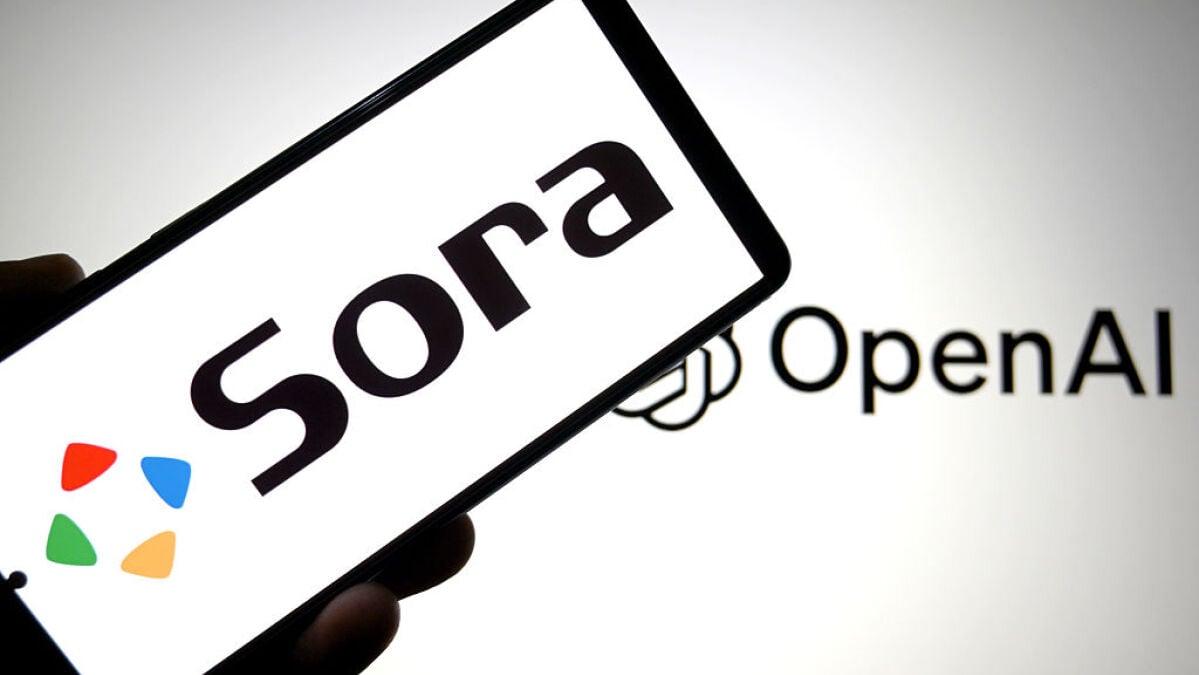
Source: Mashable
Currently, free-tier users receive 30 video generations per day, while Pro subscribers get 100 generations daily
3
. However, the actual number of credits consumed per video varies based on factors such as length, resolution, and other technical specifications1
. The purchased credits remain valid for 12 months and can also be used on OpenAI's coding platform Codex4
.Future Reduction in Free Allowances
Peebles warned that OpenAI plans to reduce the number of free generations available to users as the platform grows. "Eventually we will need to bring the free gens down to accommodate growth," he stated, citing insufficient GPU resources to maintain current usage levels
1
. The company promises transparency as these changes are implemented, though no specific timeline or reduction amounts have been announced5
.This shift reflects OpenAI's broader transformation into a for-profit entity, necessitating sustainable revenue streams from its AI products. The company has been steadily adding features to cultivate what it hopes will become an AI-powered creator economy
1
.Controversial Cameo Monetization Plans
OpenAI is developing a monetization system around its "cameo" feature, which allows users to create AI-generated videos featuring copyrighted characters or real people's likenesses. Peebles envisions "a world where rightsholders have the option to charge extra for cameos of beloved characters and people"
2
. This system would prioritize early platform adopters and share revenue with creators and rightsholders5
.The cameo feature has generated controversy, with the platform previously flooded with questionable depictions of fictional characters like Pikachu and SpongeBob, as well as "disrespectful" deepfake videos of public figures including Martin Luther King Jr.
1
. Adding to the complexity, OpenAI faces a trademark infringement lawsuit from Cameo, making the monetization of this feature particularly bold2
.Related Stories
Growing Concerns About Misinformation
Critics have raised significant concerns about the expansion of Sora's capabilities, particularly regarding the spread of AI-generated misinformation on social media platforms. Since Sora's launch approximately one month ago, users have been sharing AI-generated videos without proper transparency, sometimes removing watermarks entirely
4
. This practice has led to the circulation of content ranging from innocuous fake scenarios to potentially dangerous political manipulation attempts.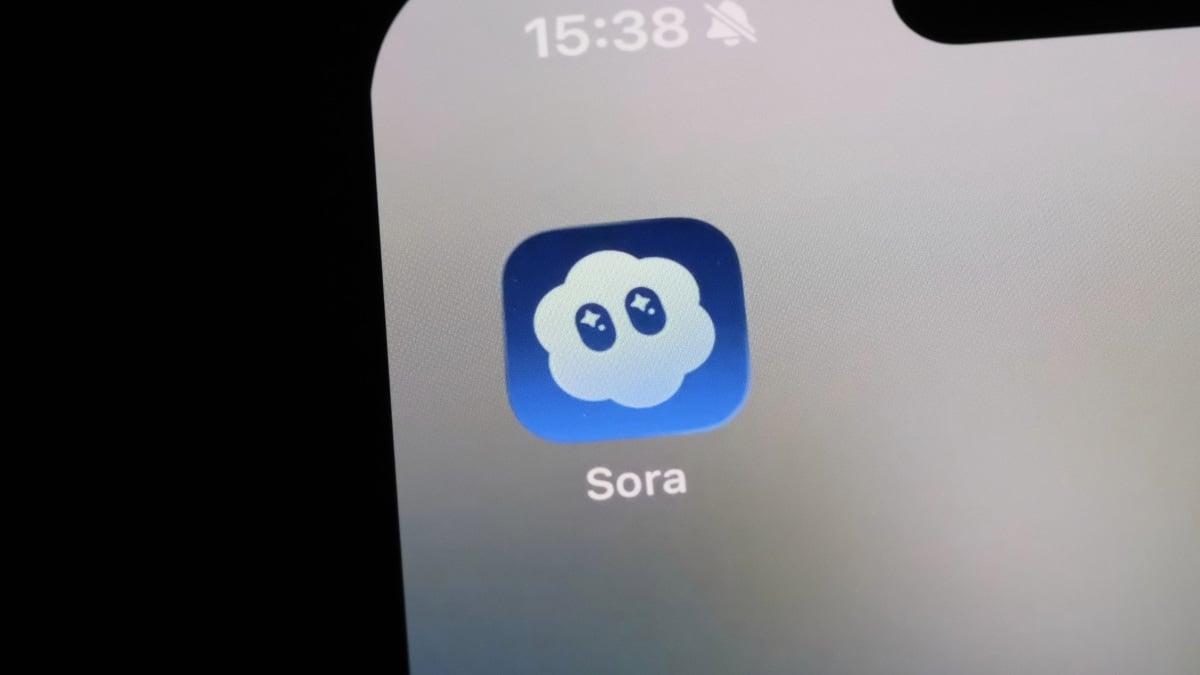
Source: Lifehacker
The concern intensifies with OpenAI's decision to enable unlimited paid generations, as critics argue this will "exacerbate the ongoing AI misinformation problem across social media platforms"
4
. Many observers worry that AI companies are ignoring the "deepfake disinformation machine" these products have become, prioritizing revenue over responsible deployment.References
Summarized by
Navi
[1]
Related Stories
OpenAI Launches Sora: A New Era in AI-Generated Video Creation
10 Dec 2024•Technology

OpenAI's Sora 2 Hits 1M Downloads, Introduces Longer Videos and Storyboarding
09 Oct 2025•Technology
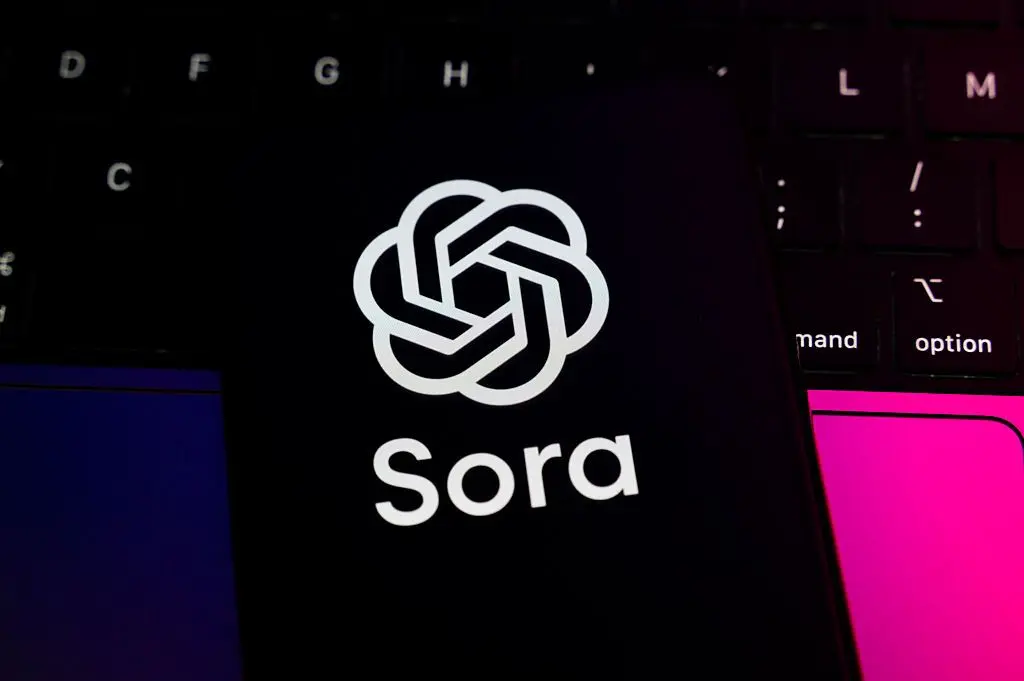
OpenAI to Integrate Sora AI Video Generator into ChatGPT, Expanding AI Content Creation Capabilities
01 Mar 2025•Technology

Recent Highlights
1
Google launches Gemini 3 Flash as default AI model, delivering speed with Pro-grade reasoning
Technology

2
OpenAI launches GPT Image 1.5 as AI image generator war with Google intensifies
Technology

3
OpenAI launches ChatGPT app store, opening doors for third-party developers to build AI-powered apps
Technology

